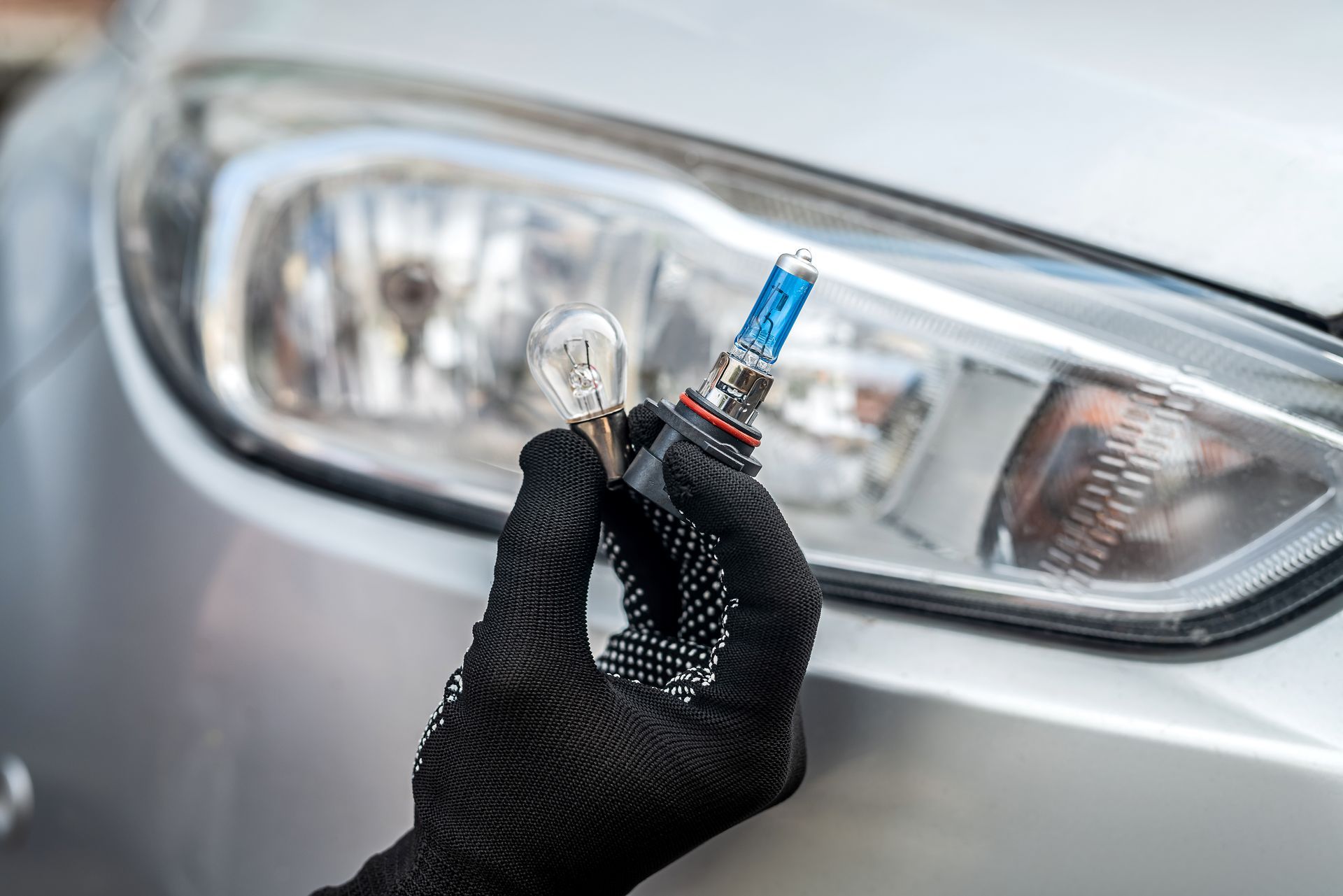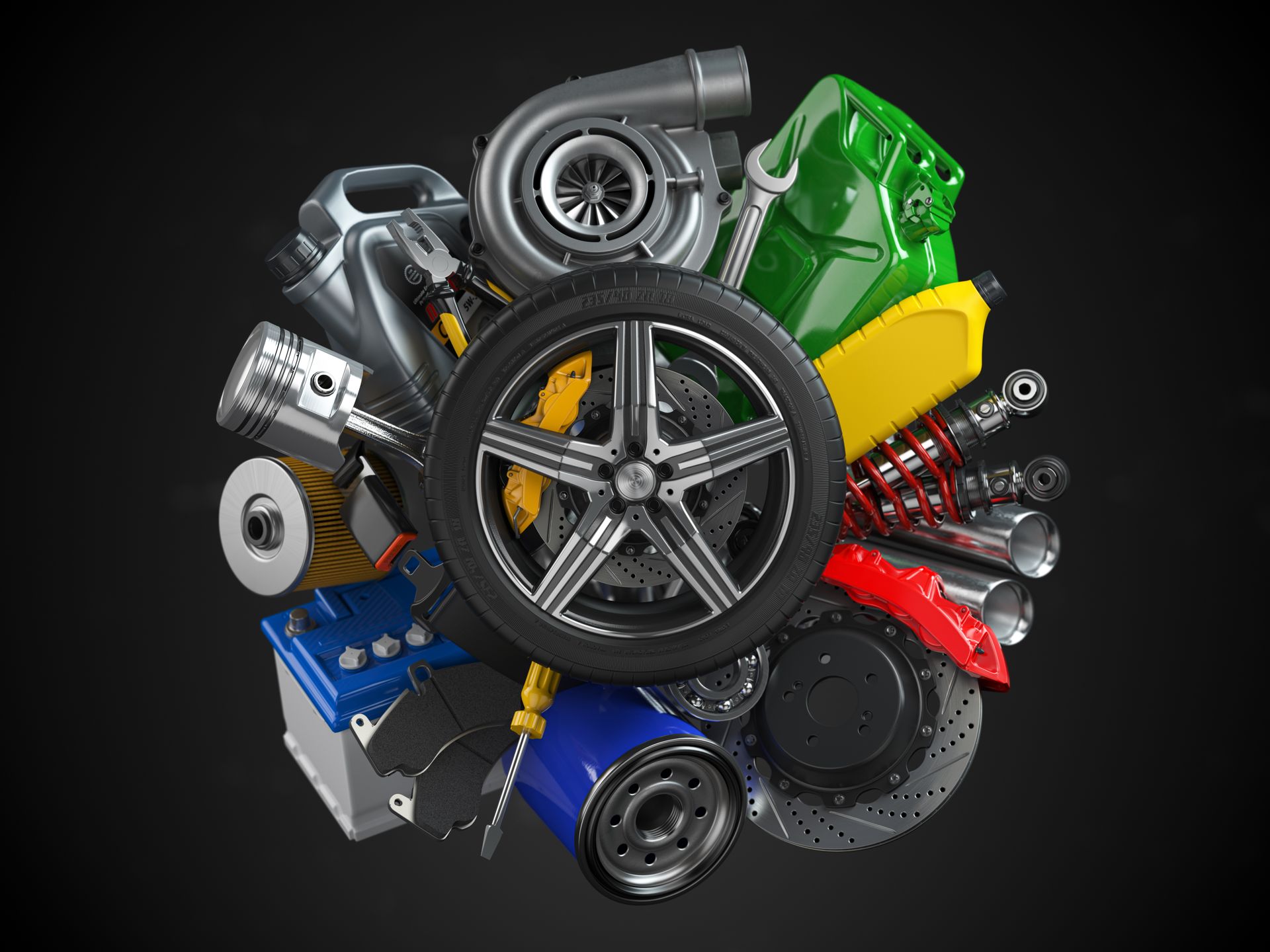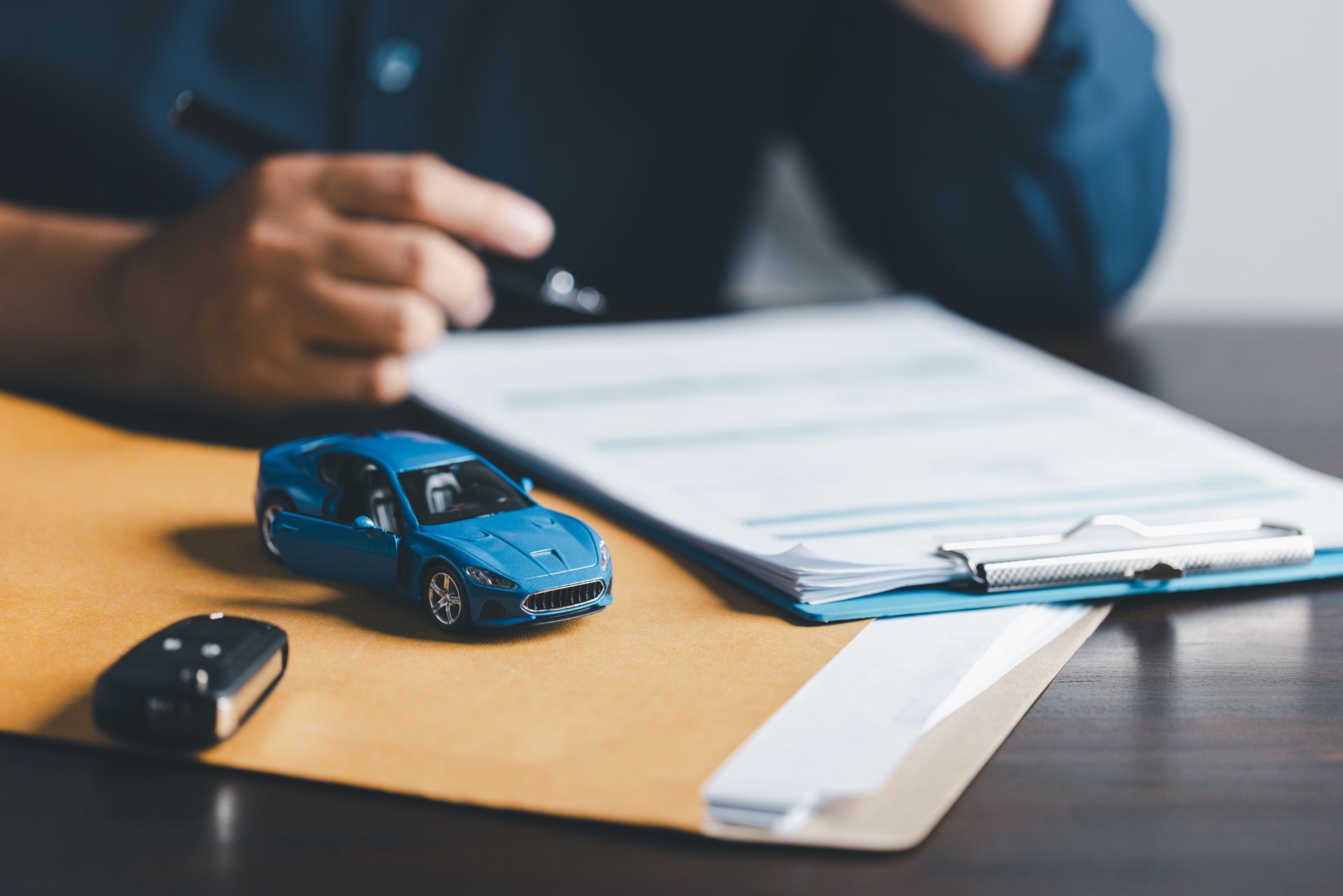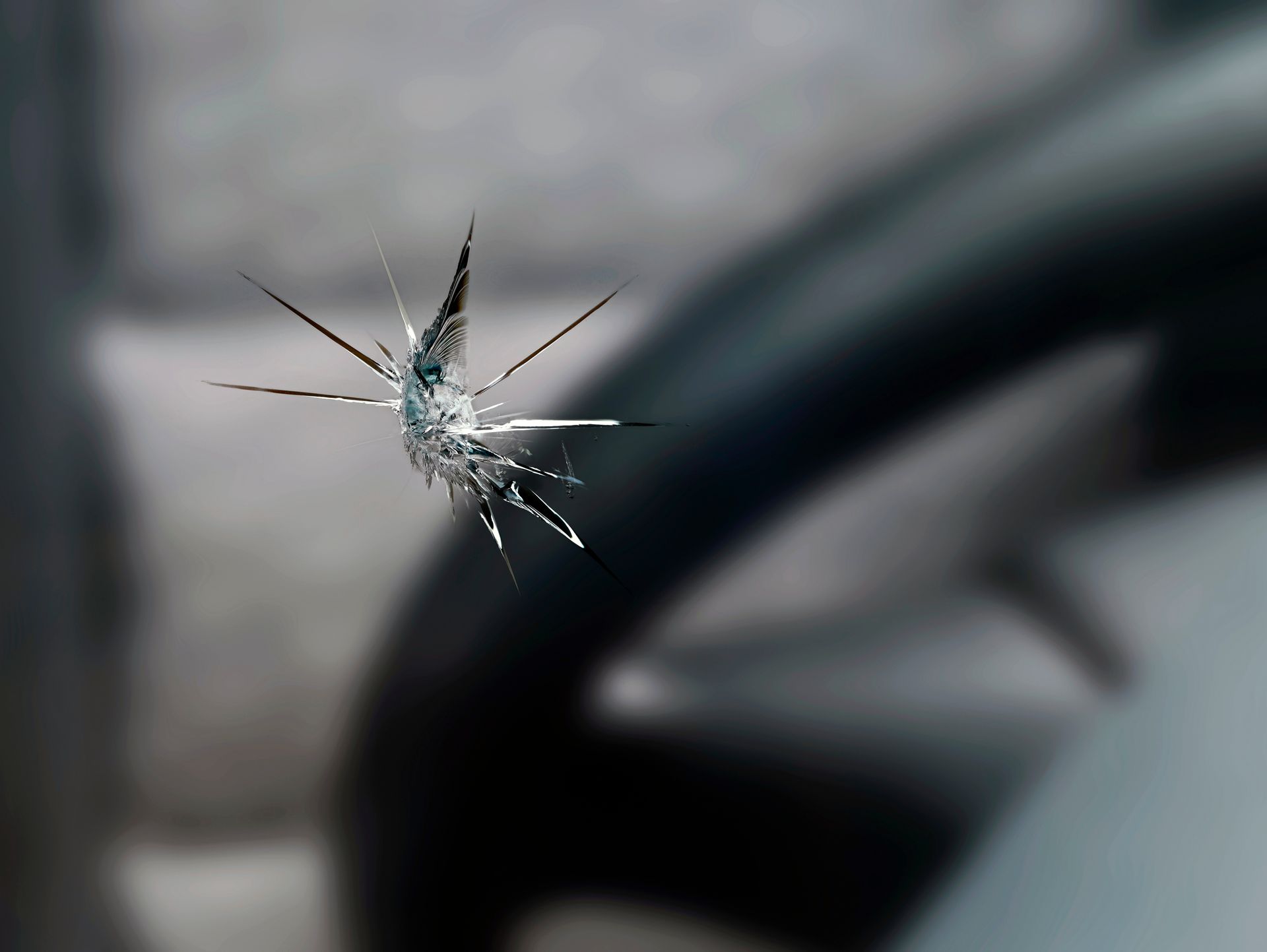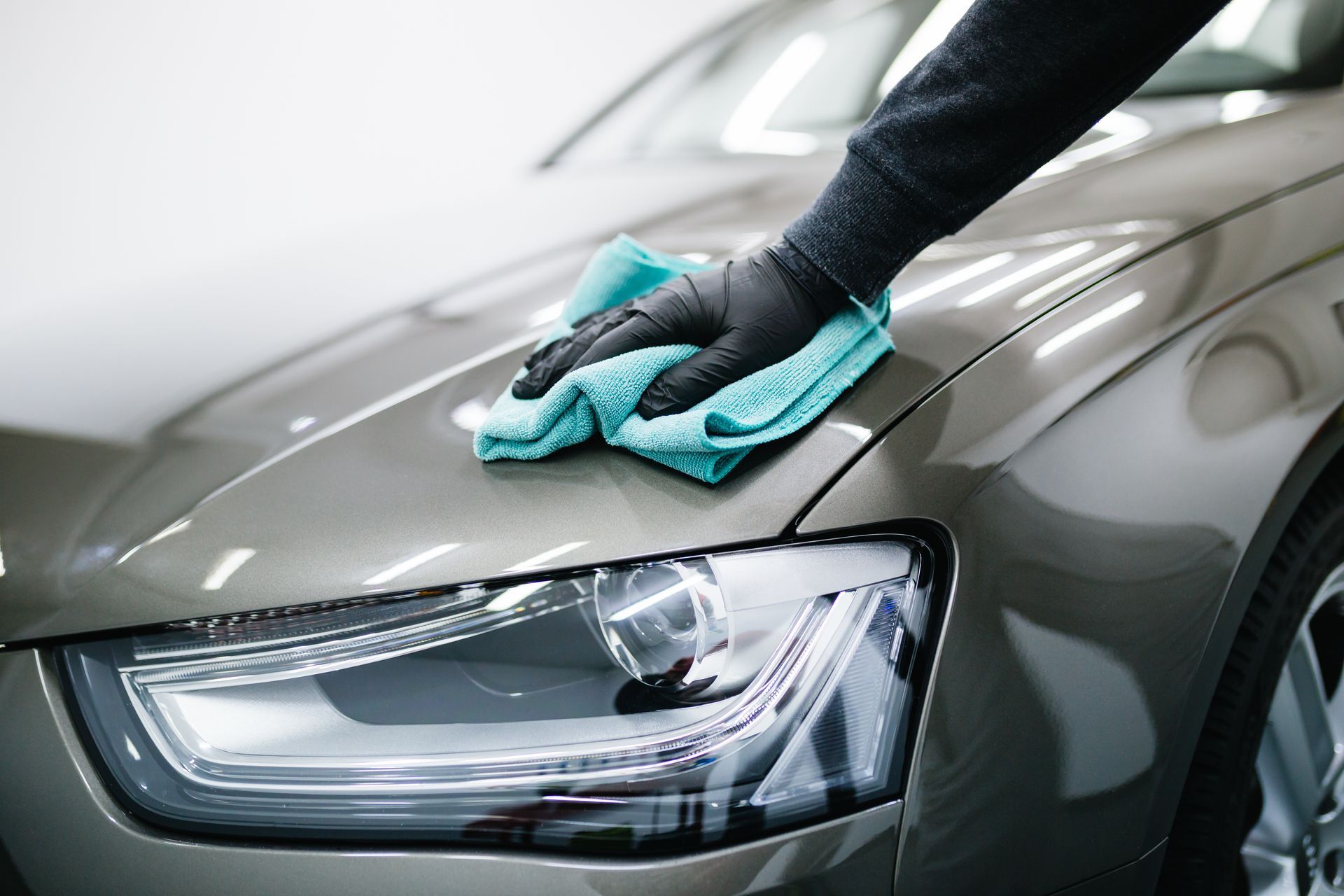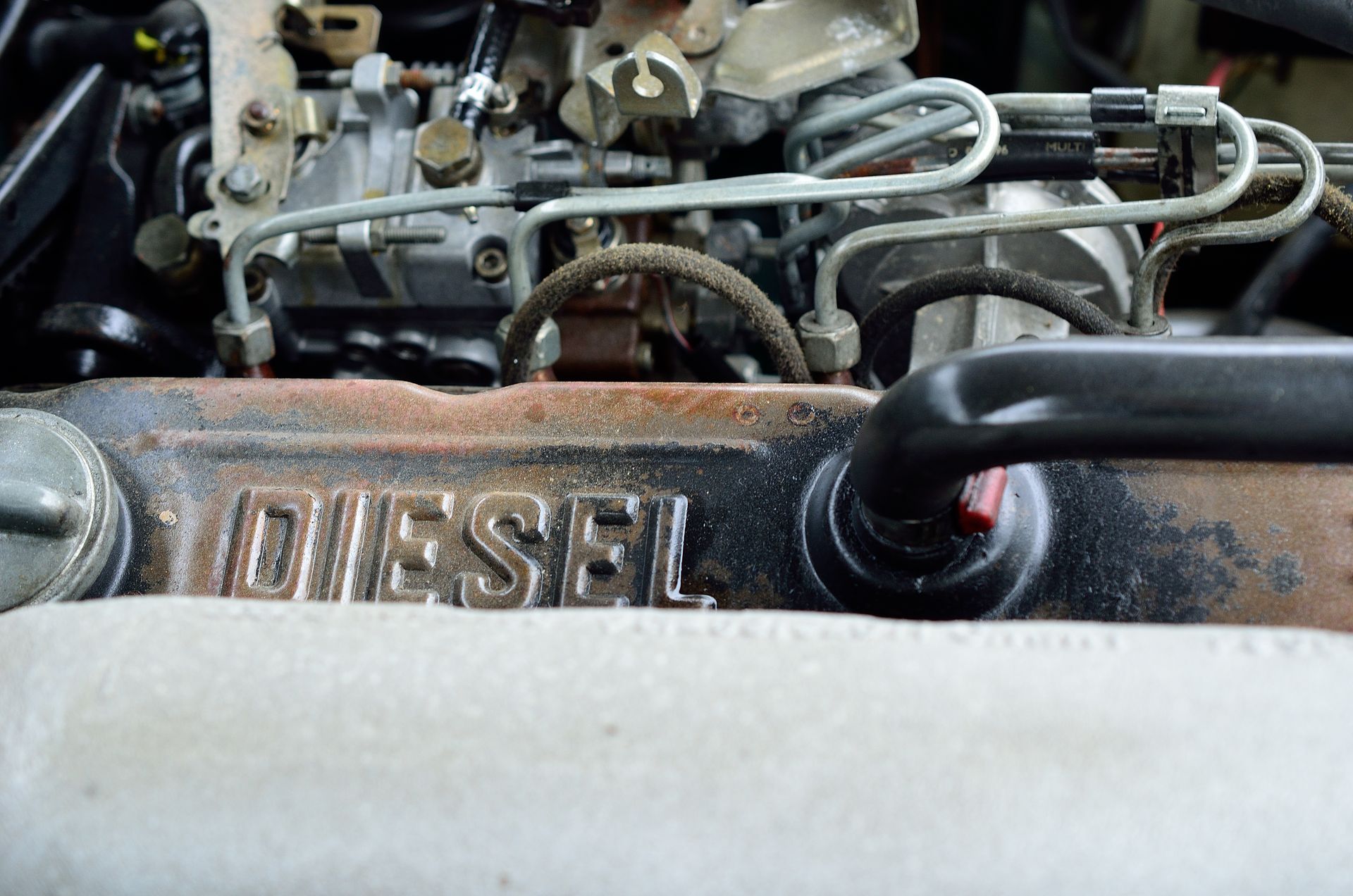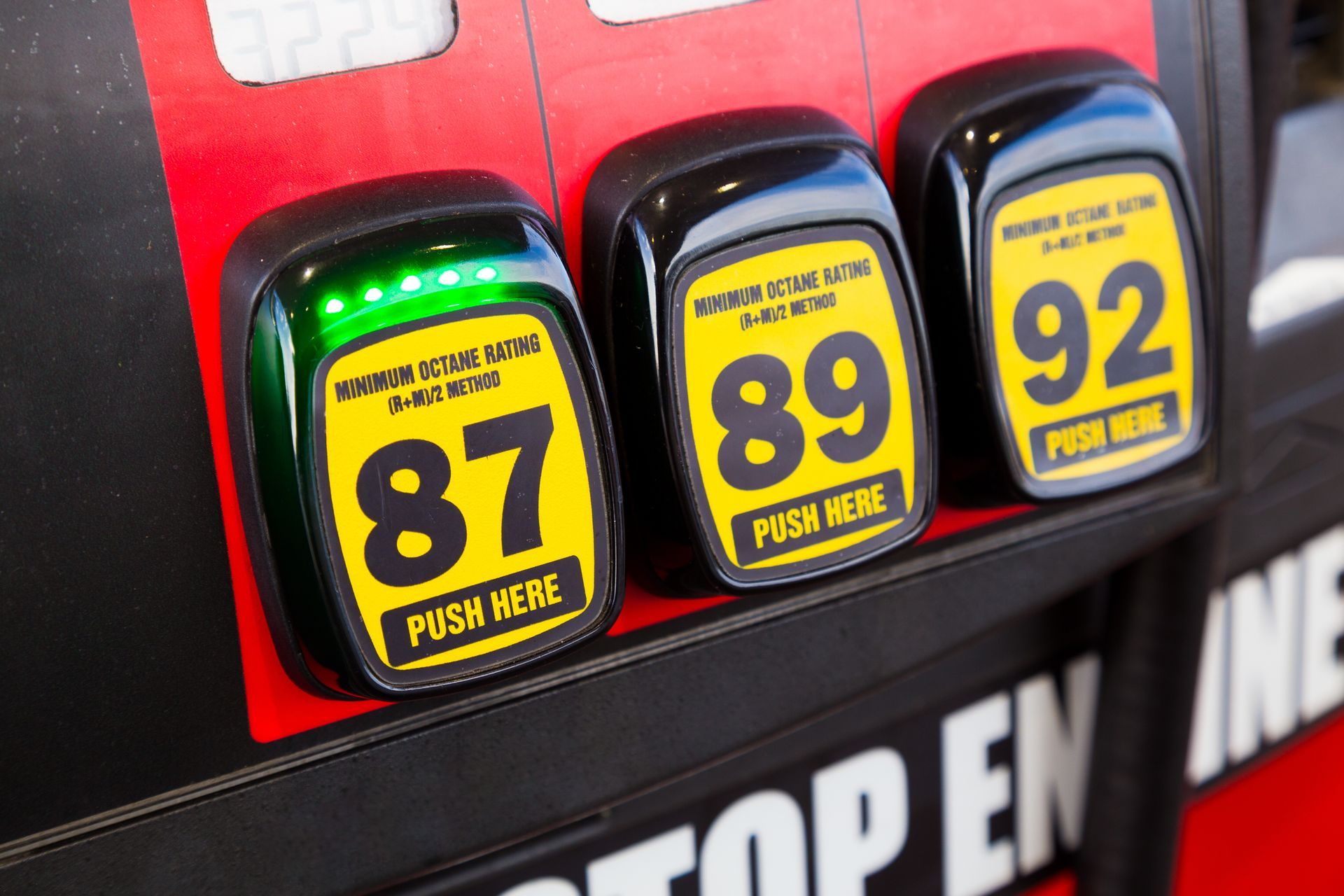Spring storms in Maryland arrive with little warning, bringing heavy rain, strong winds, flooding, and scattered debris. While most drivers know to be cautious during a storm, the dangers don’t end when the skies clear. The roads can remain hazardous long after the rain stops, creating conditions that increase the risk of accidents, vehicle damage, and unexpected breakdowns. If you’re hitting the road after a spring storm, here’s what you need to watch out for and how to protect yourself and your car.
Hidden Floodwater Hazards
Even after the rain has stopped, standing water on roads can remain a major hazard. Flooded areas might look shallow, but it’s difficult to judge their true depth, and even a few inches of water can cause serious problems. Driving through standing water can lead to hydroplaning, engine damage, and loss of control.
One of the biggest risks is water entering your engine’s air intake, which can lead to a hydrolocked engine—a serious and expensive repair. Electronics and braking systems can also suffer if water seeps into essential components. If you see pooled water on the road, it’s best to turn around and find another route rather than risk driving through it.
Debris and Road Damage
Heavy storms often leave behind fallen branches, loose gravel, and other debris, turning roads into obstacle courses. Hitting debris at high speeds can puncture tires, damage your suspension, or even crack your windshield.
In addition to debris, storms can weaken road surfaces, creating hidden potholes. Water seeps into small cracks in the pavement, and when cars drive over them, those cracks expand, forming deep potholes that can ruin tires, misalign your wheels, or damage your car’s suspension. If your steering feels off after driving through storm-affected areas, a wheel alignment check may be necessary.
Reduced Traction and Slippery Roads
Even if roads look dry, leftover moisture and oil buildup can create dangerously slick conditions. When rain first falls, it mixes with oil and dirt on the road, reducing traction and increasing the risk of skidding or hydroplaning. After a heavy storm, it can take hours or even a full day for road surfaces to fully recover, especially on highways with heavy traffic.
If you feel your tires losing grip, avoid sudden braking or sharp turns. Instead, ease off the accelerator and steer smoothly to maintain control. If your tires are worn or improperly inflated, they may not grip the road effectively, making post-storm driving even riskier.
Electrical and Brake System Issues
Water exposure can also cause hidden damage to your car’s electrical system and brakes. Modern vehicles rely on sensors, wiring, and electronic components that can become unreliable if exposed to excessive moisture. Wet brake components may also result in temporary brake fade, where the brakes feel weak or less responsive after driving through deep puddles.
If you notice dashboard warning lights, flickering headlights, or sluggish brake response after a storm, it’s important to have your brake system and electrical components inspected to prevent long-term issues.
Windshield and Wiper Visibility Issues
Heavy storms often leave mud, pollen, and water spots on your windshield, reducing visibility. If your wipers are worn out or streaking, they won’t clear the windshield properly, making it difficult to see obstacles ahead.
After a storm, check your wiper blades and windshield washer fluid. If your wipers leave streaks or make squeaking noises, replacing them can improve your visibility during future storms.
How to Stay Safe on the Road After a Spring Storm
Driving after a storm requires extra caution. Here are some steps to protect your car and stay safe:
- Avoid flooded areas – If you can’t see the bottom of a puddle, don’t drive through it.
- Watch for debris and potholes – Drive slowly and stay alert for obstacles on the road.
- Check your tires and brakes – Ensure they are in good condition to handle slippery conditions.
- Clean your windshield and wipers – Clear away dirt and replace wipers if needed.
- Test your headlights and signals – Electrical issues can develop after exposure to moisture.
Stay Road-Ready with General Automotive Servicenter
Spring storms can leave behind unpredictable road hazards and hidden damage. If your car feels off, pulls to one side, has warning lights on, or doesn’t brake properly, don’t ignore the signs. Pre-season spring or post-storm vehicle inspections can catch potential problems before they become a disaster.
Flooded roads, debris, and potholes can take a toll on your car. Get your suspension, brakes, and electrical system checked at
General Automotive Servicenter today!

